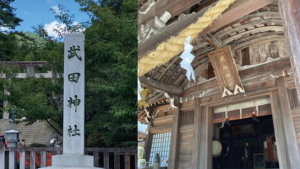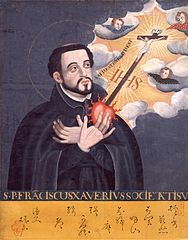Heijo-kyo Rises: Guided by Fujiwara Fuhito
Heijo-kyo, the capital of the Nara period (710–794), was relocated by imperial decree of the 43rd Reigning Empress Genmei (660-771, 元明天皇) in 710. Spanning an area similar to that of modern-day Nara City, it featured Suzakuouji Avenue, which ran straight from north to south, from the Daigokuden Palace through the Suzakumon Gate to the Rajomon Gate at the southern end. The Daigokuden Palace, located at the northern end, was the site of important national ceremonies such as the emperor's enthronement and New Year's court ceremonies, with the Takamikura (the emperor's throne), at its center. The roof of the octagonal Takamikura was adorned with golden phoenixes, symbols of authority, evoking the grandeur of an ancient imperial capital. The city was divided into a grid pattern by the joubou system, and to the east lay the beautiful Tōin garden, which served as a reception hall for imperial family banquets and ceremonies.
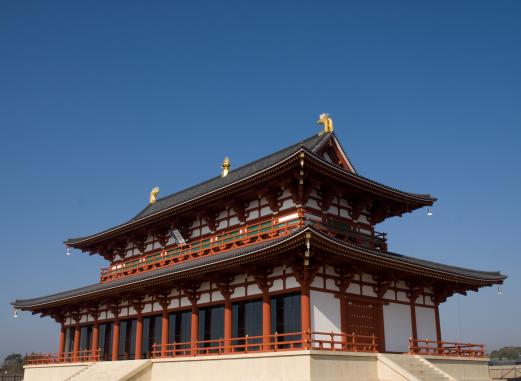
Relocation of the Capital to Heijo-kyo
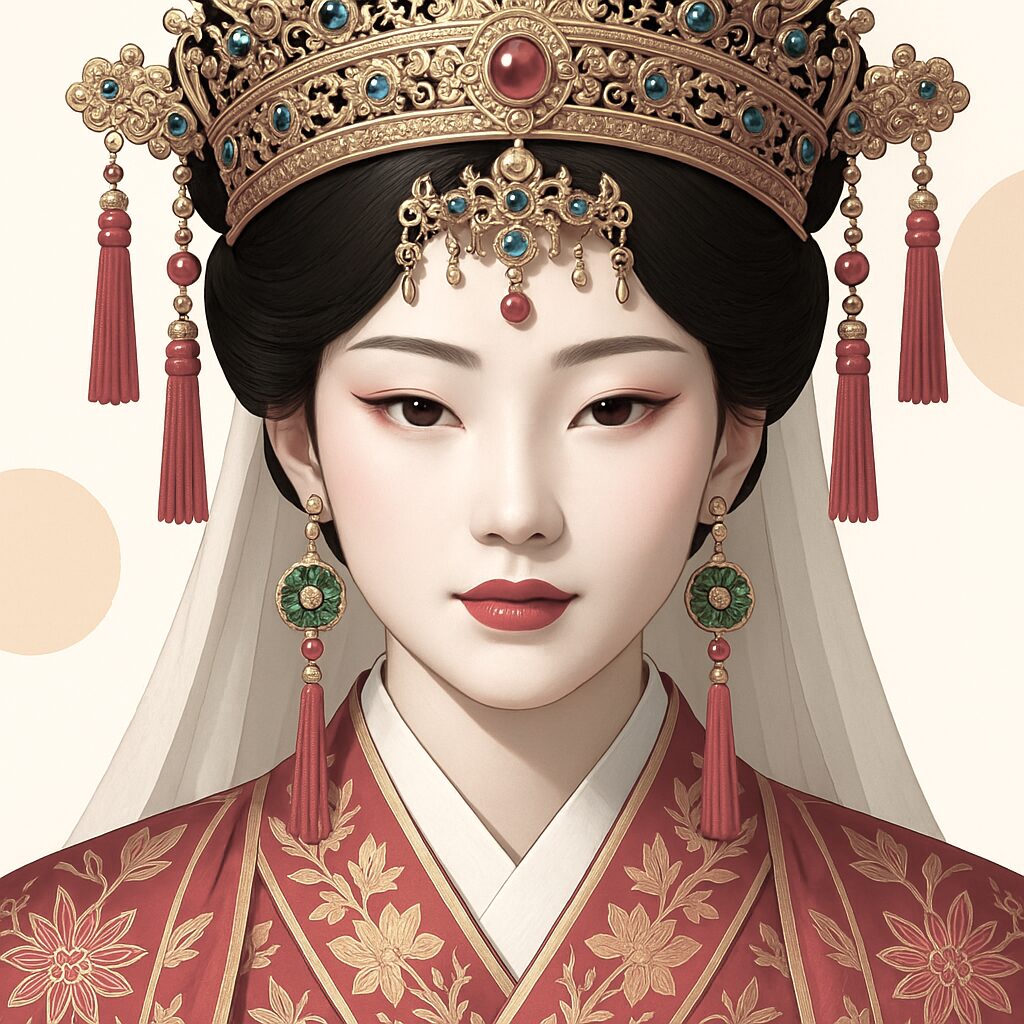
In 707, the 42nd Emperor Mommu (683-707, 文武天皇), the son of Princess Ahe (later Reigning Empress Genmei), died at the young age of 25. His son, Prince Obito (later Emperor Shomu, 701-756,聖武天皇), was only seven years old at the time. Therefore, his grandmother, Princess Ahe, ascended the throne as Reigning Empress Genmei and took charge of state affairs. The following year, Reigning Empress Genmei (660-771, 元明天皇) issued an edict ordering the relocation of the capital from Fujiwara-kyo to Heijo-kyo. She stated, “Although I had not originally intended to relocate the capital upon ascending the throne, many members of the imperial family and court officials strongly urged that a new capital be established for the sake of the nation, and I have decided to follow their advice” (Source: Nihon Shoki, Volume 3, March 3, Wado 3).
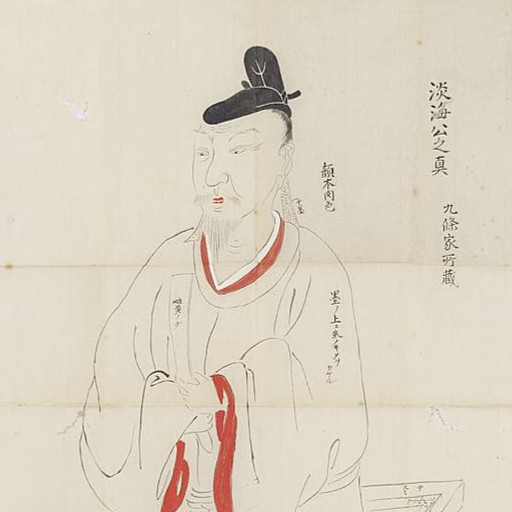
@The Kyoto University Museum
The central figure who actively promoted the relocation of the capital was Fujiwara Fuhito (659-720, 藤原不比等), the father-in-law of Emperor Mommu and the maternal grandfather of Prince Obito. It is believed that Fujiwara Fuhito had two main objectives in mind when the capital was relocated from Fujiwara-kyo, which was completed only in 694, to Heijo-kyo just 16 years later. One of these objectives was to establish a new capital on par with Chang’an, the advanced capital of the Tang Dynasty of China at the time, as a symbol of the national governance system based on law—a system Fuhito himself had helped shape as a legal scholar. Behind this ambition lay the traumatic memory of Japan’s crushing defeat by the joint forces of Tang and Silla at the Battle of Baekgang in 660, during the reign of Emperor Tenji (then Crown Prince Naka-no-Ōe, 626-672, 天智天皇), whom Fuhito’s father, Fujiwara Kamatari, had served. With the fall of Baekje, which Japan had attempted to support, urgent political priorities emerged: strengthening the country’s defenses and building up national power in anticipation of a possible invasion by Tang and Silla.
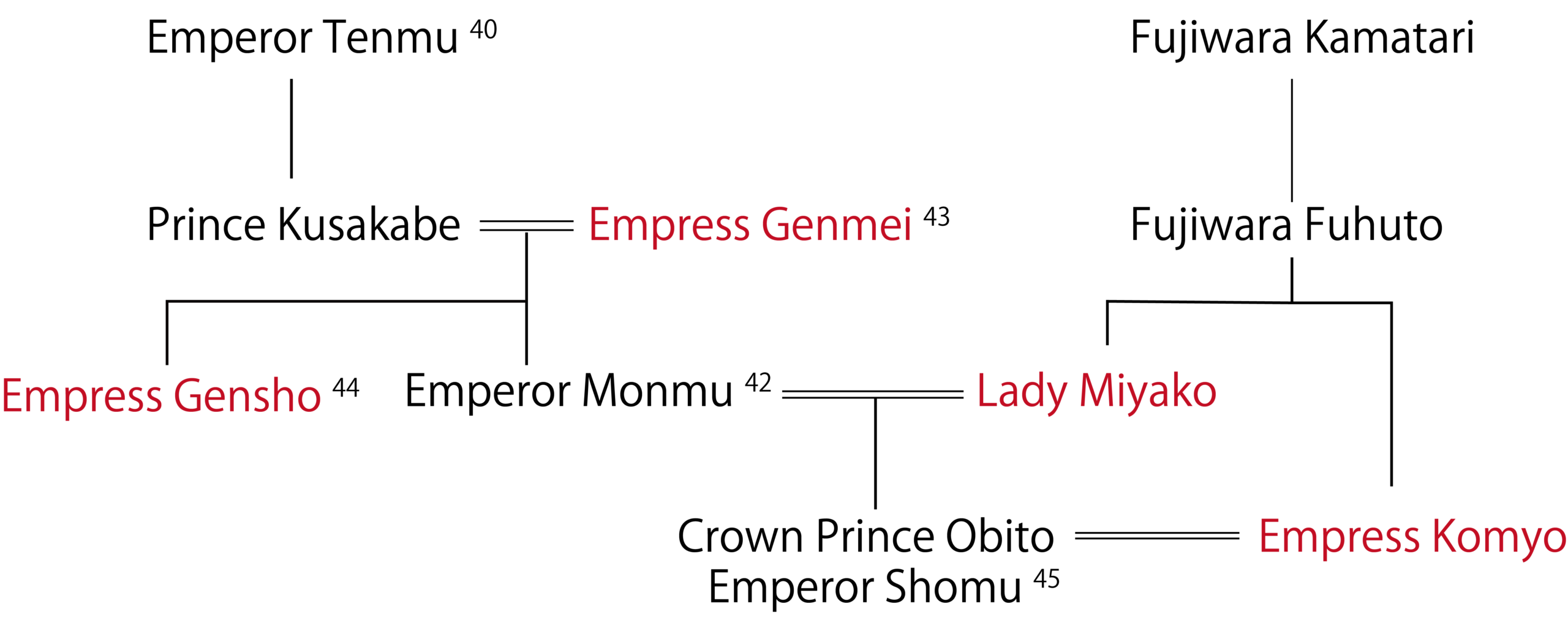
The second objective was to stage a grand accession for Prince Obito, Fuhito’s maternal grandson, and to assert his own political authority as the child’s maternal grandfather. It was through Fuhito’s political maneuvering that Reigning Empress Genmei, Prince Obito’s grandmother, ascended the throne as an interim ruler, effectively blocking other princes from taking the throne and buying time until Prince Obito was old enough to succeed.
The Completion of a Legal Code-based State
The consolidation of power in the hands of the emperor and the strengthening of national power proceeded steadily, and in 701, Japan's first systematic legal code, the Taiho Code, was enacted. The Taiho Code was based on the Ritsu (criminal law) and the Ryo (administrative law, civil law, etc.) and was promulgated as the foundation of a centralized state system centered on the emperor. Before the Taiho Code, local powerful clans dominated each land and people, held significant political power, and managed practical affairs. The emperor's orders were not always followed, and conflicts between clans were frequent. Fujiwara Fuhito modeled the vast Heijo-kyo capital after the Tang Dynasty's capital, which was one of the most powerful nations in the world at the time, and by demonstrating this power both domestically and internationally, he advanced domestic governance under the emperor.
Tōin Garden and Residence of the Crown Prince
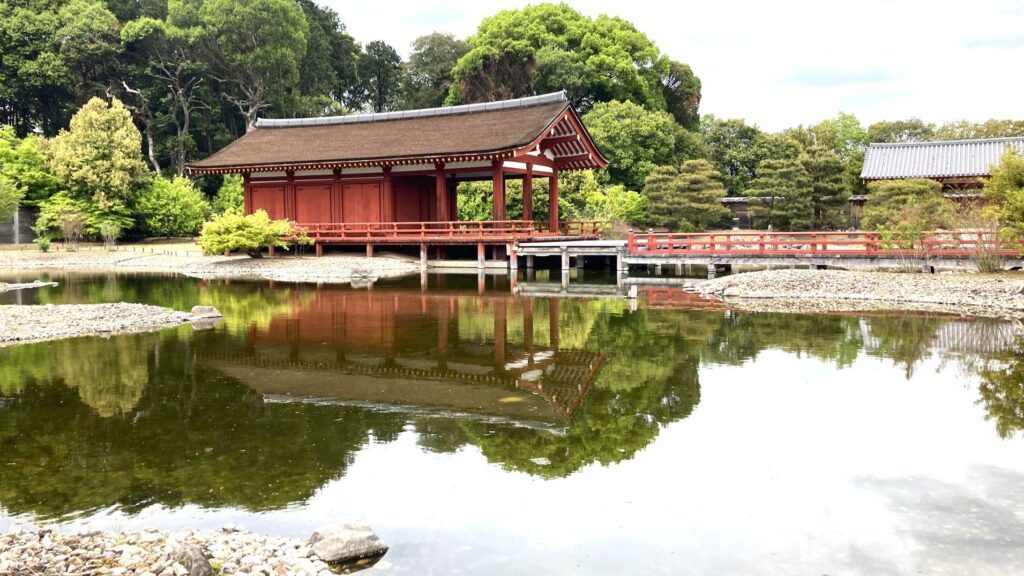
Prince Obito was the first future emperor to carry Fujiwara blood, and much was expected of him by Fujiwara Fuhito. Fuhito raised and educated Prince Obito in the principles of imperial leadership at his residence, located just east of the Heijo-kyo Palace—on the site of what is now Hokkeji Temple. In 714, at the age of fourteen, Obito was formally named Crown Prince, becoming the official heir to the throne. The following year, at the New Year’s audience held in the Daigokuden, the newly appointed Crown Prince Obito appeared in formal court attire and stood beside the Reigning Empress Genmei before the assembled court officials. It is easy to imagine the deep emotion Fuhito must have felt that day, witnessing his grandson, Crown Prince Obito, make his first public appearance. Following the appointment of the Crown Prince, Obito is believed to have moved from Fuhito’s private residence into the official Togu (the residence of the crown prince). To the east of Heijo-kyo lies an extension not typically found in imperial palace layouts, where a pond-centered strolling garden, considered an early prototype of Japanese landscape gardens, now known as the Tōin Garden. At the time, this garden was called the Togu, and served as Obito’s official quarters. The fact that it was adjacent to Fuhito’s residence reflects his extraordinary expectations placed on the young prince, Obito.
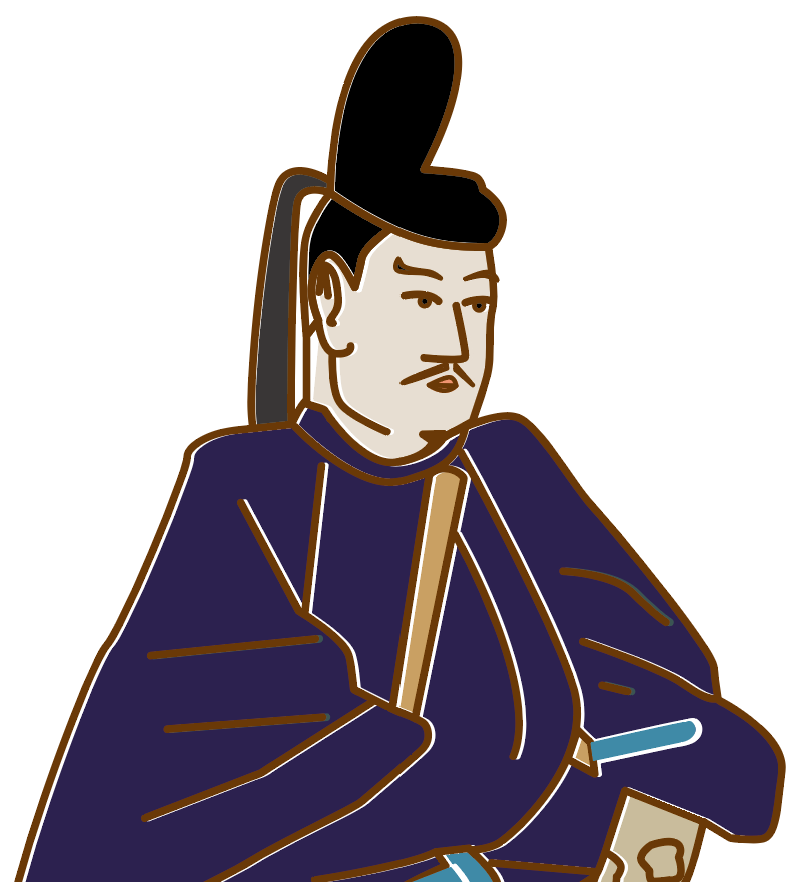
At the age of 55, Reigning Empress Genmei abdicated the throne, entrusting her daughter to oversee affairs until the young Crown Prince—then only 15—reached an appropriate age to ascend the throne. Thus began the reign of Reigning Empress Gensho. Not long after, in 720, Fujiwara Fuhito passed away, followed by the Reigning Empress Genmei in 721. Both died without seeing Obito ascend the throne as Emperor Shomu and sit on the imperial seat in the Daigokuden.
Raised from childhood with the expectation of becoming emperor by figures such as Fuhito, his grandmother Empress Genmei, and his aunt Empress Gensho, Emperor Shomu developed a profound awareness of his imperial lineage. This consciousness shaped his rule, as he modeled his governance on his great-grandfather Emperor Tenmu (?-686, 天武天皇)*, who had laid the foundations of the ancient Japanese state, though born with Fujiwara blood.
*Emperor Tenmu was the very figure who overthrew the regime of Prince Otomo (later posthumously known as Emperor Kobun), which had been supported by Fujiwara Kamatari, the father of Fuhito.
View from the Daigokuden

From the reconstructed Daigokuden, one can look south along the Suzakuouji Avenue, stretching straight south to the Suzakumon Gate, and in the past, the avenue extended further to the Rajomon Gate at the southern boundary. To the east, one can see the Fujiwara clan's temple, Kofukuji Temple, and the Kasuga Taisha Shrine, which enshrines the clan's tutelary deity. Additionally, the Todaiji Temple and the Great Buddha, which Emperor Shomu built with great effort for the nation's peace and prosperity, and the Hokkeji Temple, a nunnery established by Empress Komyo (701-760, 光明皇后), the consort of Emperor Shomu, on the site of her father Fujiwara Fuhito's former residence, are all visible nearby. Additionally, on the first anniversary of Fuhito's death, the Hokuendo Hall was constructed at the western corner of Kofukuji Temple, on a prime location offering a panoramic view of Heijo-kyo, to console his spirit. This national treasure, praised as the most beautiful of the eight octagonal circular halls still existing in Japan, stands as a testament to Fuhito's legacy. As you walk through the ancient city of Nara, tracing the footsteps of Fujiwara Fuhito, a statesman who laid the foundation for the ancient Japanese state and shoes descendants shaped the political, economic, and cultural heart of the imperial court for over 1,000 years as an imperial relative, take a moment to reflect on the enduring spirit and history of this remarkable era.
Fujiwara Fuhito Timeline
| Kamatari | Fuhito | E.Shomu | Period | ||
|---|---|---|---|---|---|
| 659 | Fujiwara Fuhito was born | 47 | 1 | Asuka | |
| 669 | Fuhito's Father, Kamatari, passed away | 57 | 12 | ||
| 701 | Taiho Code was completed | - | 44 | ||
| 701 | Prince Obito was born | - | 44 | 1 | |
| 707 | Emperor Monmu passed away | - | 50 | 7 | |
| 707 | Reigning Empress Genmei ascended to the throne | - | 50 | 7 | |
| 710 | Relocation of the capital to Heijo-kyo in Nara from Asuka | - | 53 | 10 | Nara |
| 714 | Obito's Appointment as Crown Prince | - | 57 | 14 | |
| 720 | Fujiwara Fuuhito Passed away | - | 62 | 20 | |
| 721 | Hokuendo Hall was built at Kofukuji Temple | - | - | 21 | |
| 724 | Emperor Shomu ascended to the throne | - | - | 24 | |
| 752 | Todaiji Great Buddha, eye-opening | - | - | 52 |
Recommendations to visit
Nara Palace Site Historical Park
- Access: 13-minutes from Kintetsu Nara Station to Suzakumon-hiroba-mae bus stop
Tōin Garden
- Access: A 15-minute walk from Suzakumon-hiroba-mae

